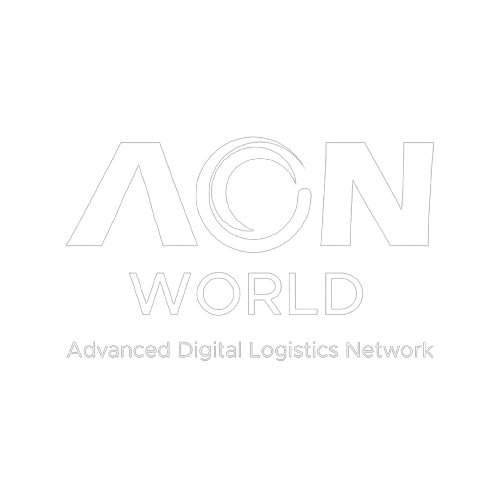FTL and LTL (Partial) Transportation and Their Advantages
FTL and LTL (Partial) Transportation and Their Advantages
Transporting goods involves more than just loading and unloading at the source and destination. It also requires choosing the right mode of transportation (air, road, or sea), selecting the appropriate carrier or shipping provider, and considering many other factors to ensure both fast and cost-effective shipping.
When it comes to road transportation, the trucking industry is responsible for most of the movement. Truck shipments are generally divided into two categories: FTL (Full Truckload) and LTL (Less Than Truckload).
How Do FTL and LTL Work?
FTL (Full Truckload): Operates on a point-to-point delivery model. In this case, the shipper loads the FTL shipment onto a truck that goes directly to the final destination without stopping.
LTL (Less Than Truckload): Operates on a hub and spoke model. Initially, smaller LTL shipments from multiple shippers in a specific region are collected. These shipments are then brought to a regional hub, where they are consolidated onto a single truck. The truck then heads towards the final destinations with multiple delivery stops.
What Are the Differences Between FTL and LTL?
Cost:
– LTL: Cost-effective when shipping several loads at once, as you only pay for the space you use rather than the entire truck capacity. LTL shipping providers ensure the safety of your loads by filling the truck with other items that need to be transported to the same destination.
– FTL: Requires booking a complete truck, which is somewhat more expensive than LTL shipping.
Transit Time:
– LTL: A shipment does not go directly to the destination because the LTL truck must deliver multiple shipments. The actual LTL freight transit time may differ from the estimated delivery time. Similarly, LTL drivers do not have a specific appointment time for picking up the shipment.
– FTL: The transit time is predictable because the FTL truck is loaded only with shipments from one shipper and goes directly to the destination after picking up the load, reaching within the estimated time. The pickup time for a full truckload service is usually fixed.
Security of Goods:
– LTL: Your goods may be loaded and unloaded several times before delivery to load items from other shippers. This increases handling and exposure, especially if your items are fragile and sensitive, increasing the risk of damage.
– FTL: Guarantees the complete security of the shipment because the truck is sealed after loading, and the driver goes directly to the destination.
When to Use FTL and LTL?
When it comes to transportation, the most frequently asked question among shippers is, “Should I use FTL or LTL freight?” Choosing between LTL and FTL transport can vary depending on the situation. However, we can list a few considerations that can help you decide:
– Shipment Size: FTL is preferable for large or bulky loads, while LTL is suitable for smaller loads.
– Cost: If you want to save costs and your load is small enough to be combined with other shipments, LTL may be more suitable.
– Time: If you need fast delivery and direct transportation, FTL is more appropriate.
– Security: FTL is a more secure option for fragile or sensitive loads.
By considering these factors, you can choose the most suitable transportation method for your needs.
Advantages of FTL and LTL
Both FTL and LTL transportation have their advantages. LTL can help you save a significant amount of cost since you do not need to reserve the entire truck. It is suitable for small shipments containing only a few loads at a time.
FTL is best for transporting high-value and sensitive cargo or shipments. It also guarantees timely pickups and deliveries. FTL is an excellent choice for wholesalers and manufacturers dealing with raw materials, valuable products, sensitive or hazardous materials.
Advantages of FTL:
– Lower risk of damage since goods are handled only during loading and unloading.
– Faster because there is no transfer.
– Higher load capacity.
– More efficient for large shipments.
– Not subject to the needs of other parties “sharing” the vehicle.
– The shipped goods never leave the unit until they reach the destination, keeping them secure.
Advantages of LTL:
– Cheaper for recurring shipments.
– Allows companies to access new markets by sending samples.
– Shortens the time for supply and production processes by delivering raw materials in advance.
– Reduces the inventory of slow-moving goods and warehouse expenses.
– Moves faster as customs processes in some countries are done only at the point of departure and destination, not at the border.
– Maximizes profit by filling unused space in trailers and containers.
– Requires fewer controllers by consolidating loads.
– Meets the needs of a larger number of manufacturers.
Situations to Use LTL:
– When shipping fewer than 12 pallets at a time.
– If your items do not require special handling.
– If you want to save costs.
– If you have flexibility regarding shipping and delivery times.
Situations to Use FTL:
– When shipping more than 12 loads at a time.
– If you want the truck to be exclusively yours and under your control.
– If shipping fragile or sensitive goods.
– If you want to ensure timely pickups and deliveries.
Combining FTL and LTL for a Winning Strategy
While relying entirely on LTL shipping makes sense for some small shippers, larger companies can choose the combination that best suits their business based on various factors. These larger shippers should work with a carrier or a 3PL (third-party logistics) provider using a Transportation Management System (TMS) to leverage technology and combine the best aspects of planning LTL and FTL goods.
3PLs can continuously analyze and monitor numerous variables, including simple factors such as origin, destination, driver availability, and the size and shipping class of outgoing shipments, to find the most efficient ways to consolidate goods.
What is a 3PL?
A 3PL is a service that allows you to outsource operational logistics from warehousing to delivery, enabling you to focus on other parts of your business. Third-party logistics companies provide all kinds of services related to supply chain logistics. This includes transportation, warehousing, picking and packing, inventory forecasting, order fulfillment, packaging, and freight forwarding.
Source: FTL and LTL (Partial) Transportation and Their Advantages (gepata.com)
The Advantages of Air Cargo Services for Global Trade
In today’s interconnected world, efficient transportation plays a crucial role in facilitating international trade. One of the most expedient options available is air cargo services. This blog post explores the advantages of utilizing air cargo services for global trade and highlights the benefits it offers to businesses and consumers alike.
When it comes to delivering time-sensitive goods or meeting urgent deadlines, air cargo services are unmatched. Unlike other modes of transportation, air transport ensures rapid transit times, significantly reducing delivery times compared to sea or land transport. This speed advantage is especially crucial for industries such as pharmaceuticals, perishable goods, and high-value electronics.
Air cargo services have extensive global coverage, connecting major cities and airports around the world. This allows businesses to access markets in remote locations or distant countries with ease. Whether it’s a small package or a large shipment, air transport networks provide a vast network of routes and connections, enabling businesses to expand their reach and customer base.
Air cargo services often have stringent security measures in place, ensuring the safety of goods during transit. Advanced tracking systems and robust handling procedures minimize the risk of theft, damage, or loss. Moreover, airlines prioritize reliability, making scheduled flights and adhering to delivery timelines, which is crucial for businesses seeking dependable transportation solutions.
Air cargo services offer flexibility in terms of cargo size and weight. From small packages to oversized cargo, airlines can accommodate a wide range of shipment requirements. Additionally, air transport operates on fixed schedules, enabling businesses to plan their logistics efficiently. The reduced lead time for air cargo also helps minimize inventory levels and optimize supply chains.
Air cargo services provide numerous advantages for businesses engaged in global trade. The speed, global reach, security, reliability, and flexibility offered by air transport make it an indispensable mode of transportation. By leveraging air cargo services, businesses can ensure swift and efficient delivery, expand their market presence, and maintain a competitive edge in the fast-paced world of international trade.
Unlocking Global Trade Opportunities with Sea Transport
Sea transport has long been a cornerstone of global trade, enabling the movement of goods across vast distances and connecting continents. This blog post delves into the world of sea transport, exploring its significance, advantages, and impact on international trade and supply chains.
Sea transport is renowned for its cost-effectiveness, particularly for bulk or heavy cargo. Ships have a high carrying capacity, allowing businesses to transport large volumes of goods at a lower cost per unit. This advantage is especially pertinent for industries such as mining, agriculture, and manufacturing, where the shipment of raw materials or heavy machinery is common.
Sea transport offers unparalleled global connectivity, providing access to even the most distant markets. With well-established maritime trade routes and port infrastructure, businesses can tap into a vast network of shipping lines, connecting major ports worldwide. This connectivity facilitates trade expansion, enabling businesses to explore new markets, source raw materials globally, and reach a broader customer base.Sea transport offers flexibility in terms of cargo size, accommodating shipments ranging from containers to breakbulk cargo and even oversized project cargo. This versatility allows businesses to adjust their shipping requirements based on demand and market conditions. Furthermore, sea transport provides scalability, with regular sailings and numerous shipping options, ensuring businesses can adapt to changing supply chain needs.
While sea transport is associated with carbon emissions, the industry has been actively working toward greener practices. The adoption of advanced technologies, fuel-efficient vessels, and the implementation of emission control measures have significantly reduced the environmental impact of sea transport. Additionally, the consolidation of cargo through containerization and efficient route planning minimizes the overall carbon footprint per unit transported.
Sea transport remains a vital component of global trade, offering cost-effectiveness, global connectivity, flexibility, and sustainability. By harnessing the advantages of sea transport, businesses can unlock new trade opportunities, optimize supply chains, and ensure the efficient movement of goods across continents. The continued growth and development of maritime infrastructure and environmental initiatives further enhance the value of sea transport in the ever-evolving world of international trade.

 Türkçe
Türkçe






